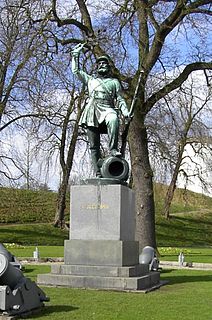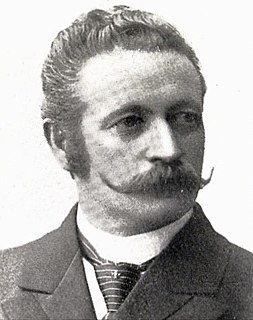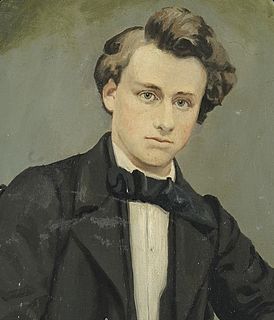| Hartvig Nissen | |
|---|---|
 | |
| Born | Ole Hartvig Nissen 17 April 1815 Melhus, Norway |
| Died | 4 February 1874 (aged 58) |
| Nationality | Norwegian |
| Occupation | philologist and educator |
| Known for | founder of Hartvig Nissen School |
| Children | Henrik Nissen |
Ole Hartvig Nissen (17 April 1815 – 4 February 1874) was a Norwegian philologist and educator. He founded Nissen's Girls' School in Christiania in 1849. In 1865 he became director-general in the Ministry of Education, while remaining one of three joint headmasters of Nissen's Girls' School until 1872. In 1873 he was appointed to the prestigious position as rector of Oslo Cathedral School.

The Hartvig Nissen School, informally referred to as Nissen, is a gymnasium in Oslo, Norway. It is located in the neighborhood Uranienborg in the affluent West End borough of Frogner. It is the second oldest gymnasium in Oslo and is widely considered one of the country's most prestigious; its alumni include many famous individuals and two members of the Norwegian royal family.
The Royal Ministry of Education and Research is a Norwegian government ministry responsible for education, research and kindergartens. The ministry was established in 1814 as the Royal Ministry of Church and Education Affairs.

Schola Osloensis, known in Norwegian as Oslo katedralskole and more commonly as "Katta" is a selective upper secondary school located in Oslo, Norway. The school offers the college preparatory studiespesialisering of the Norwegian school system. Oslo Cathedral School is one of four schools in Norway which can trace its origins directly to the Middle Ages and is generally regarded as one of the most prestigious schools in Norway. It celebrated its 850-year anniversary in 2003.









